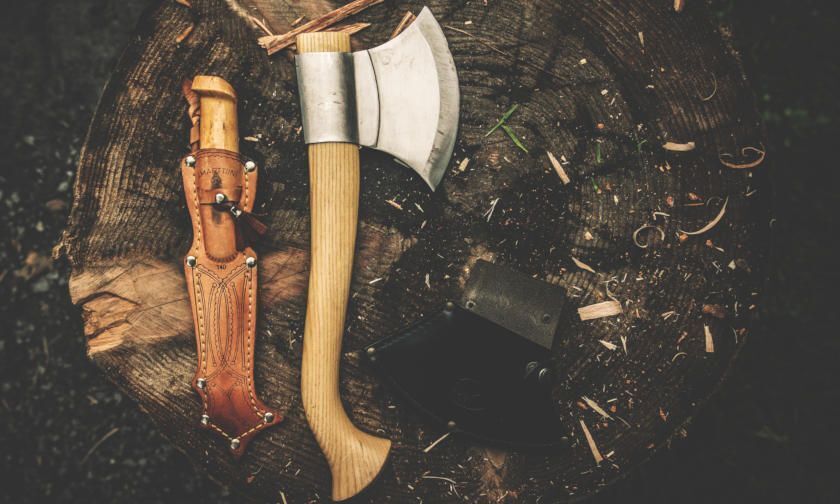Nature-base sessions use a range of different types of tools and using these tools gives children the opportunity to develop new practical skills and build their confidence. The aim is to ensure that all group members using tools do so safely and with a reduced level of risk. The information below will make you aware of your present skill level and also the steps you need to take in order to improve.
Tool Instruction
It is important that you are competent and understand the basic techniques of carrying and using tools when letting your group use them. The standard tools are likely to be spades, secateurs, scissors, trowels, rakes, wheelbarrows, hammers, and hand drills.
It is expected that if you’re at this stage, you are enthusiastic about providing your group with opportunities in using basic tools, and have up to date risk assessments relevant to your competency level. It is still advised to get training and advance your skills/experience, therefore why not look into forest school training at level 3.
Potentially you might be in an establishment, in which you have been internally trained and had a technical adviser to sign you off to use certain tools (statement of competence), which is fine but again having a recognised qualification will cover many areas, making you an all round practitioner.

Advanced Tool Instruction
It is imperative that you are experienced and competent when letting your group use advanced tools like knives, bill hooks, bow saws, and axes. It is expected that if you’re at this stage and running a professional establishment, you should have:
- Qualifications relevant to the tools you’re using (forest school leader: level 3)
- Risk assessments, which are up to date
- Relevant insurances (e.g. public and products liability/employers’ liability/professional indemnity)
 The following generic safety guidelines are to be followed when using any tool, after seeing the leader demonstrate how to transport and use the tools safely:
The following generic safety guidelines are to be followed when using any tool, after seeing the leader demonstrate how to transport and use the tools safely:
- Create a designated tool storage area
- Designate a specific area when using tools
When using the tool,
- Make sure you are two arms and a tool away from anyone else (except your partner when using the bow saw)
- Ensure you are demonstrating the correct technique
- On sawing tools, wear a glove on the helper hand
When not using the tool,
- Put it down with the handle facing out and the blade facing in (partly finished task)
- Place protective cover back on to the tool (if tool has one)
- Put it in the designated place or in the tool box provided once the task is finished